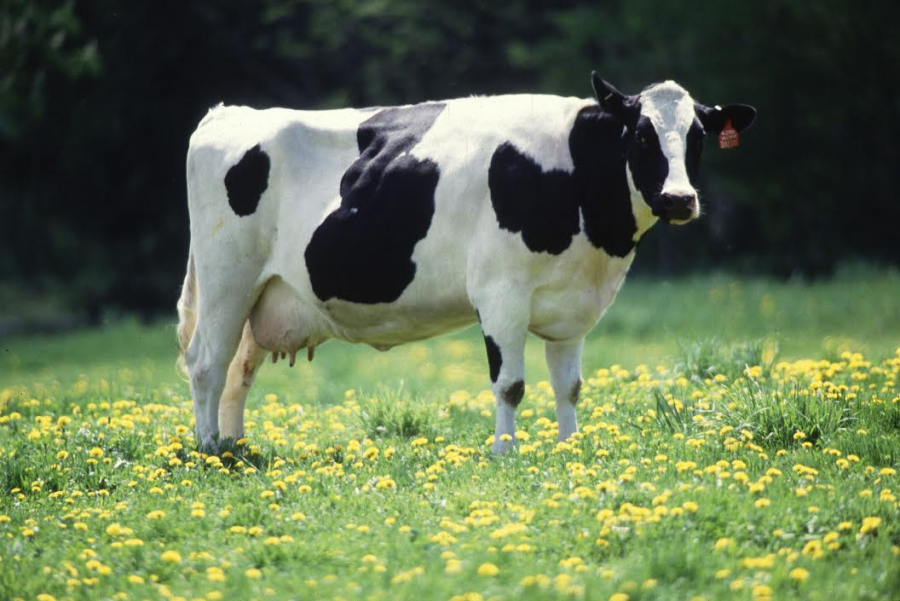Discovery In What Causes “Mad Cow Disease”
September 30, 2016
On September 8th, 2016 at the University of Alberta Faculty of Medicine & Dentistry, groundbreaking research identified the structure of the infectious prion protein which causes of “Mad Cow Disease”. The infectious prion protein is a misfolded protein – meaning it’s extremely hard to purify and study. The protein was first purified in the 1980’s since then there has been very little insights on the structure of the protein. The collaborative study, published in PLOS Pathogens, used electron cryomicroscopy to collect high-resolution electron micrograph, which was the first time this technology has been used on amyloid fibrils of the infectious prion, which are a special form of clumped-together proteins that form fibrils. “The recent advances to electron cryomicroscopy technology are certainly a breakthrough,” says Holger Wille, co-principal investigator and an associate professor in the Department of Biochemistry at the University of Alberta’s Faculty of Medicine & Dentistry. “We know the structure of the healthy normal cellular form of the protein, but we knew very little about the infectious prion protein and how it propagates.
The use of these high-powered microscopes has finally given us some clarity.” The team had to develop a processing scheme for the data masses. There were thousands of electron micrographs, and they had to extract the best images. After three years of working, developing techniques and processing data the results in the paper are a three-dimensional model for the structure of the infectious prion protein. “It is not an atomistic model, so we cannot say which position the atoms are in,” says Wille. “But this is something we hope to do in the future.” The model can give insights into how the infectious prion protein propagates. The structure argues against existing theories of prion conversion and suggests how the process might actually work. The study suggests how infectious prions replicate by converting non-infectious, cellular versions into copies of themselves.
Moving forward, the researchers want to go into more depth. This study used model system prions, but they are now using the prions that infect cows (BSE), wild animals (Chronic Wasting Disease) and humans (Creutzfeldt-Jakob Disease).
“Ultimately, if we know how the prion propagates, we could come up with clinical interventions to treat or prevent disease,” says Wille.






















Brendan La Pean • Oct 5, 2016 at 2:38 pm
Wow, that’s not good! It’s good to know we are making an effort to stop the disease . I hope we can soon get those cows back to good health and be able to study what this infectious prion is and what is does. Thank you for the article, I learned something new today!
For donut contest.
Mrs. Wheeler’s Language Arts 1st Period
Brendan La Pean